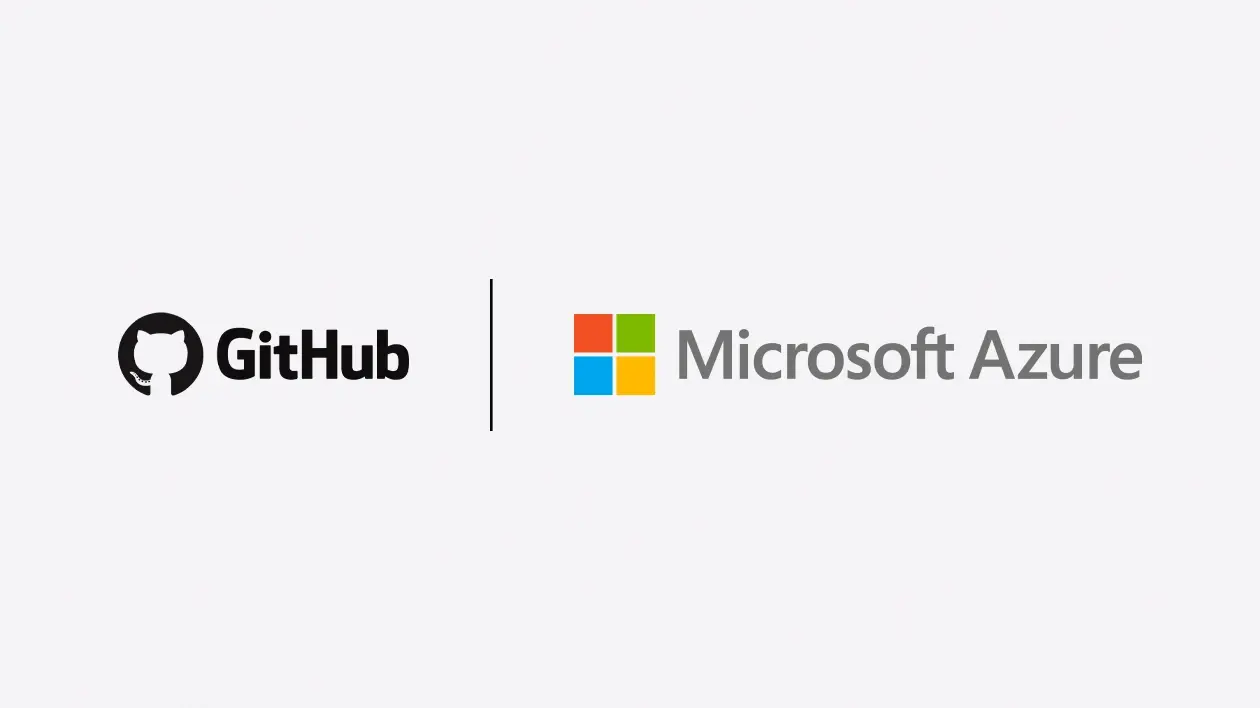Microsoft is empowering developers to become AI developers, bringing Azure AI industry leading models to the global GitHub community of more than 100 million
More than 60,000 organizations use Microsoft Azure AI today to explore the power of custom AI applications. However, the market is quickly moving from experimentation to scale, and we see more developers around the world becoming AI developers. With this natural evolution, the needs of developers and their requirements to access and build with AI models and tools are transforming as well.
